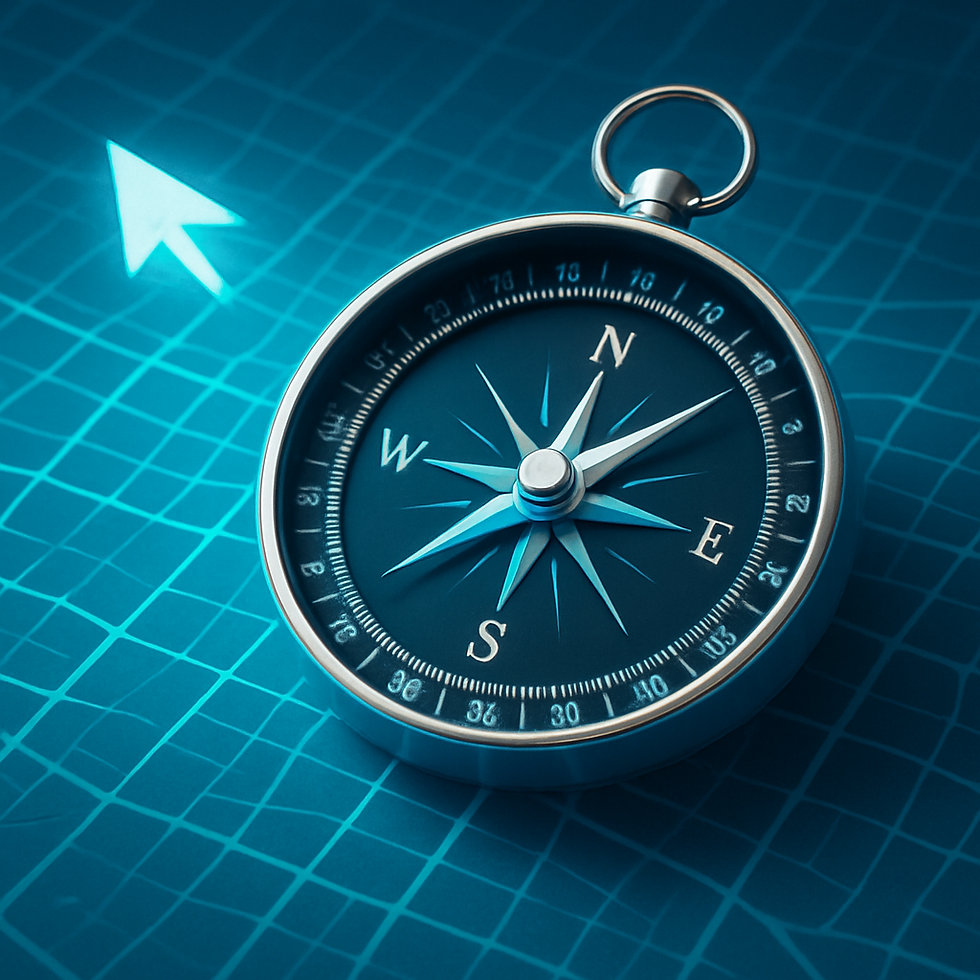From Fragmented Voices to a Movement: Why the SDGs Need a Network Lens
- George Schuler

- Sep 17
- 3 min read
Updated: Oct 6
The Flood of Commitments: Transforming Pledges into Action
Every September, New York fills with motorcades and microphones. UNGA and Climate Week bring a torrent of pledges, press releases, and panels. The problem isn’t a lack of commitments. It’s that voices are scattered. We end up with more announcements than alignment, more noise than movement.
What’s missing is the connective tissue — the bridges and brokers that turn fragments into collective power.
Why a Network Lens Matters
A network lens asks three simple questions: Who connects? Who bridges? Who’s missing? This perspective is crucial because the Sustainable Development Goals (SDGs) are interdependent. Climate doesn’t move without water. Food doesn’t move without health. No single actor or sector can deliver alone.
Think of it like music: a symphony only works when soloists are in harmony. Without the score — and the conductor — it’s just scattered sound.
Fragmentation in Climate-Adjacent SDGs
The challenge shows up clearly across climate-related goals:
SDG 13: Climate Action → Too many parallel coalitions, not enough bridges.
SDG 6: Clean Water → Basin projects struggle to scale unless brokers align utilities, NGOs, and companies.
SDG 2: Zero Hunger → Agriculture, health, and climate debates share outcomes but rarely share the same tables.
SDG 3: Health → Frontline brokers — community workers, maternal health coalitions — remain largely invisible in global debates.
What the Field Tells Us
We’ve seen the difference when a network lens is applied.
WWF & GlobeScan: Mapping voices revealed who acted as bridges and who were stuck in echo chambers. The insight shifted focus from “who is loudest” to “who is connecting.”
Vitamin Angels: Health and nutrition networks scaled by elevating overlooked connectors. Local actors became linchpins, reaching communities no global platform could reach alone.
The lesson is clear: impact grows when we see and strengthen the brokers.
The Risk of Staying Fragmented
We’ve been here before. In 2023, agendas were crowded, voices fragmented, and the result was déjà vu: plenty of PR “commitments,” but little real commitment. Without a network approach, we risk repeating that pattern. The SDGs could stall just when momentum matters most.
From Fragments to Movement
It doesn’t have to be this way. We can take actionable steps to create a cohesive movement:
Identify and amplify connectors → This will help the movement become cohesive.
Map missing voices → This will make the movement inclusive.
Strengthen bridges → This will ensure the movement becomes resilient.
Together, these steps turn fragments into a movement that lasts — and accelerates progress toward 2030.
A Call to Action
This UNGA and Climate Week, we invite you to take a network lens to your own SDG space. Ask yourself:
Who connects?
Who bridges?
Who’s missing?
The SDGs were never meant to be tackled alone. The power lies in making the invisible connections visible.
The Path Forward: Building Collaborative Networks
As we reflect on the importance of collaboration, let’s consider how we can build stronger networks.
The Role of Technology
In today’s digital age, technology plays a pivotal role in connecting people and organizations. Platforms that facilitate dialogue and knowledge sharing can help bridge gaps. By leveraging these tools, we can enhance our collective impact.
Engaging Local Communities
Local communities are often the first responders to global challenges. Their insights and experiences are invaluable. Engaging them not only empowers these communities but also enriches our understanding of the issues at hand.
Fostering Partnerships
Partnerships are essential for success. By fostering relationships across sectors, we can create a more integrated approach to the SDGs. Collaboration should be a priority, not an afterthought.
Measuring Impact
To ensure our efforts are effective, we must prioritize measuring impact. By tracking progress and sharing results, we can learn from our experiences and adapt our strategies accordingly.
Conclusion: A Collective Responsibility
In conclusion, the journey toward achieving the Sustainable Development Goals is a collective responsibility. By embracing a network lens, we can transform commitments into action. Let’s work together to turn our fragmented efforts into a powerful movement for change.
The future depends on our ability to connect, collaborate, and create lasting impact. Together, we can make a difference.
---
By adopting this approach, we can ensure that our actions resonate far beyond the confines of conferences and meetings. We can turn our collective vision into a reality, paving the way for a sustainable future.



Comments